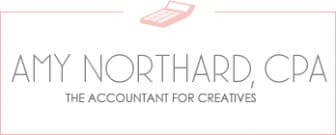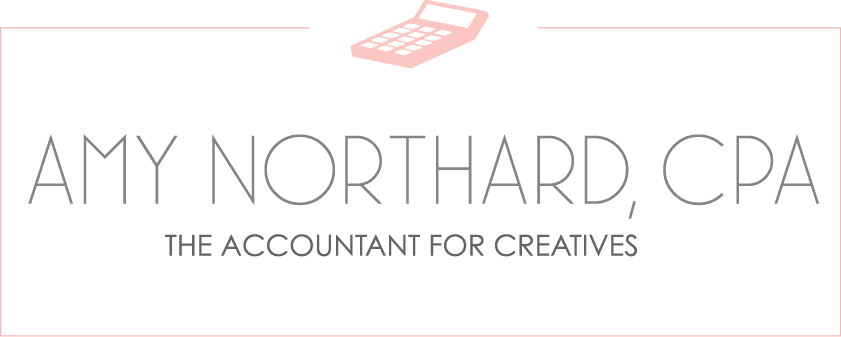The Balance Sheet Intel That Every Small Business Owner Needs to Stay Financially Healthy
Unlike an income statement, which looks at your businesses’ movement of money over a period of time, a balance sheet is a snapshot of your financial situation at a given point of time, allowing you to fully understand what you own and what you owe. As the name suggests, balance sheets will always be, well, balanced—that is, the total assets will be equal to the sum of liabilities and owner’s equity. I’ll explain that more in a minute.
It’s important to keep an eye on your balance sheet to check in that your bookkeeping is correct and make sure your business is headed in a healthy financial direction. Additionally, banks and investors will look at your balance sheet when considering giving your business money, so you should understand what it shows about your financial status.
Let’s dig into a hypothetical balance sheet. Jill creates beautiful clothing, which she sells in her online store along with working on commissions for custom orders. This was her balance sheet at the end of last year:
| Balance Sheet – 12/31/2017 | |
|---|---|
| Assets | |
| Cash and Cash Equivalents | $40,000 |
| Inventory | $20,000 |
| Accounts Receivable | $20,000 |
| Equipment | $5,000 |
| Total Assets | $85,000 |
| Liabilities | |
| Accounts Payable | $10,000 |
| Notes Payable | $20,000 |
| Total Liabilities | $30,000 |
| Owner’s Equity | |
| Common Stock | $10,000 |
| Retained Earnings | $45,000 |
| Total Owner’s Equity | $55,000 |
| Total Liabilities + Owner’s Equity | $85,000 |
Balance Sheet Section 1: Assets
First, we have Jill’s assets. Cash and cash equivalents is pretty self-explanatory—it’s how much money she has in her checking and savings accounts. This can also include any investments she has made that will mature within three months. Inventory details the value of goods she already has in stock, ready for sale, like pieces she has created to list in her store.
If you work in a service business, like writing or design, your inventory will likely always be zero. Instead, you should focus on accounts receivable, which shows how much money is due from customers for work you’ve already done. For Jill, it details her outstanding invoices for custom projects.
Finally, there’s equipment. Sometimes these are separated out into long-term assets, as they are things that cannot be readily converted into cash, like computers, owned office or studio space, or manufacturing equipment. Many lean creative businesses these days have very little in this category, especially since the IRS has a $2,500 threshold for items to fit in this category—Jill just includes her industrial sewing machines.
Balance Sheet Section 2: Liabilities
Next, we get into what your business owes, or its liabilities. This is broken down to accounts payable—how much you owe to suppliers for goods and services you’ve received—as well as notes payable—how much you owe for loans. Sometimes short-term liabilities such as credit card debt will also be broken out into a separate category.
Jill writes down the money she owes for some manufacturing she contracted out on a large order, as well as a small business loan she took out to help her scale.
Balance Sheet Section 3: Owner’s Equity
Finally, we have the owner’s equity, or how much of the business you own after all debts are considered. This includes common stock, which is the amount of money you and other business owners have put into the business, and finally retained earnings, or the sum of all of the profits you’ve made that have been kept in the business (rather than paid out to yourself or other owners!). It’s important to note that retained earnings may be different than cash in the bank as you’ve likely reinvested some of those profits into other assets for your business, like purchasing equipment or creating inventory.
What to Look for On Your Balance Sheet
When reviewing your balance sheet, you’ll want to pay attention to a couple things. First, you’ll just want to make sure you’re keeping up with everything and that balances are correct. If the sheet isn’t balanced—if liabilities plus equity do not equal assets—then you’ll definitely want to look back at your bookkeeping and make sure everything is recorded correctly.
You’ll also want to keep an eye on how your assets and liabilities compare. If your liabilities ever surpass your assets, then your business is losing money and could be headed towards bankruptcy.
It’s also valuable to look at your balance sheet over time to understand if and how the company is growing. For example, let’s say Jill reviews her balance sheet at the end of every year.
| Balance Sheet | ||
|---|---|---|
| 12/31/2017 | 12/31/2018 | |
| Assets | ||
| Cash and Cash Equivalents | $30,000 | $40,000 |
| Inventory | $5,000 | $20,000 |
| Accounts Receivable | $15,000 | $20,000 |
| Equipment | $2,000 | $5,000 |
| Total Assets | $52,000 | $85,000 |
| Liabilities | ||
| Accounts Payable | $5,000 | $10,000 |
| Notes Payable | $15,000 | $20,000 |
| Total Liabilities | $20,000 | $30,000 |
| Owner’s Equity | ||
| Common Stock | $10,000 | $10,000 |
| Retained Earnings | $22,000 | $45,000 |
| Total Owner’s Equity | $32,000 | $55,000 |
| Total Liabilities + Owner’s Equity | $52,000 | $85,000 |
Looking over this, Jill can see that things appear to be going well. Even though her liabilities are higher because she took on a small additional loan in 2018, the investment seems to have paid off in increasing her assets and equity over the past year.
Though balance sheets can seem a bit technical and intimidating at first glance, by learning the basics you can stay keyed into the financial health of your business.
Abridged by Amy
- Balance sheets show a snapshot of your company’s financial standing at a given point in time, detailing your assets, liabilities, and equity.
- The most important thing about a balance sheet is that liabilities and equity will equal assets.
- When looking at your balance sheet, you’ll want to keep an eye that liabilities aren’t exceeding assets.
- Checking in on your balance sheet over time can give you good information about whether your company is growing in the right direction.

